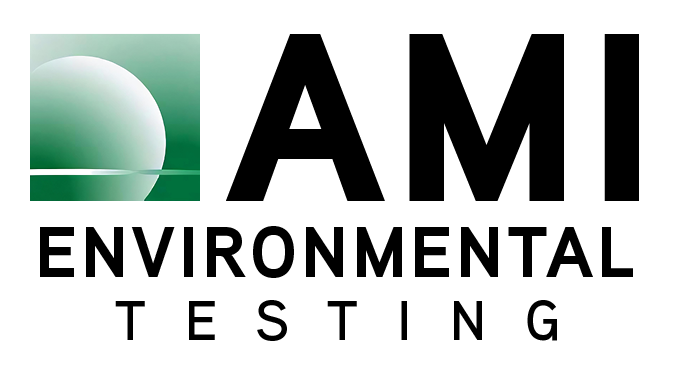When most people think of asbestos, they picture old buildings or outdated construction materials. But Naturally Occurring Asbestos (NOA) is a lesser-known hazard that exists in the earth itself. Found in certain types of rock and soil—especially in areas with serpentine or ultramafic geology—NOA can become dangerous when disturbed during construction, grading, mining, or landscaping.
When rocks or soil containing asbestos are moved or crushed, tiny asbestos fibers can be released into the air. These fibers are easily inhaled and can lodge deep in the lungs, where they may lead to serious health problems over time, including mesothelioma, lung cancer, and asbestosis. Even short-term exposure can be risky under the right conditions.
That’s where an asbestos survey becomes crucial. Before any development or earth-moving project begins—especially in known NOA regions—it’s important to assess whether asbestos is present in the soil or rock. A professional asbestos survey helps identify the risk and outlines the steps needed to manage or mitigate it safely. This could include dust control measures, use of personal protective equipment, or even altering the project design to avoid high-risk areas.
NOA may not be visible, but the risks it poses are very real. Conducting a thorough asbestos survey helps prevent potential health hazards and ensures that proper safety measures are in place. It also ensures that your project complies with environmental regulations, avoiding costly delays or legal issues down the line. If you’re planning any construction or earth-moving work, an asbestos survey is a crucial step to ensure the safety of everyone involved. Contact AMI Environmental Testing for more information.



